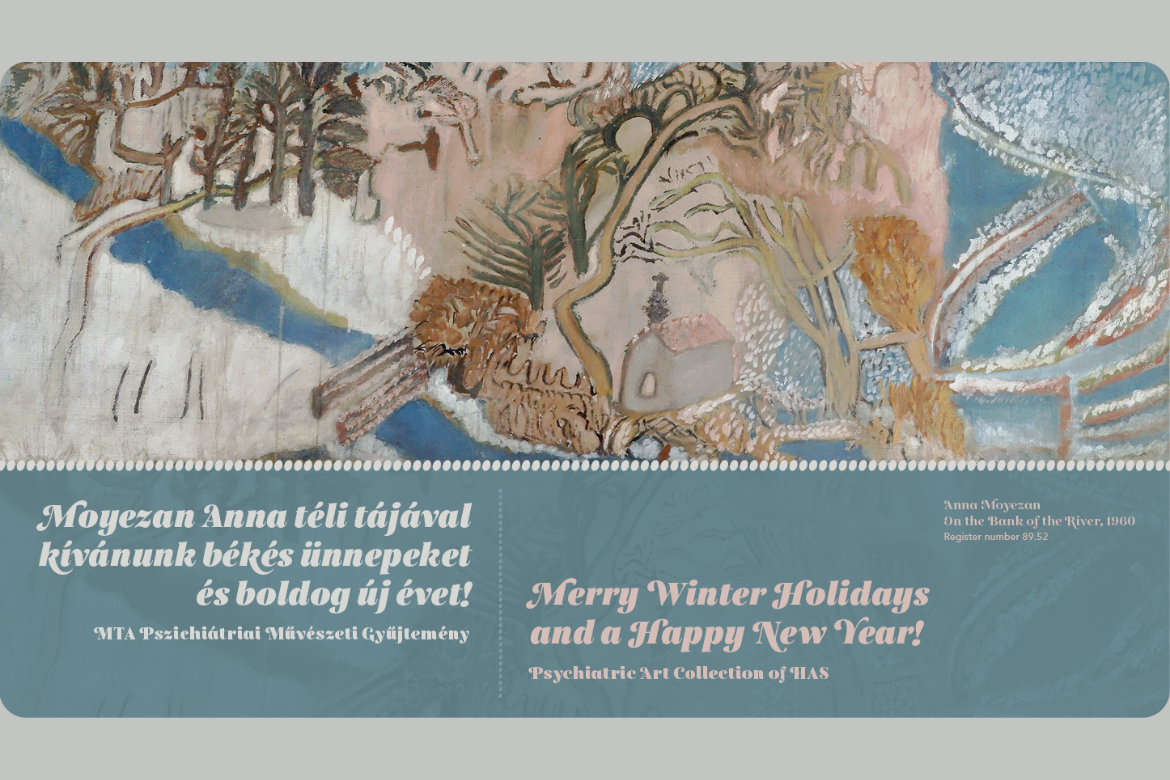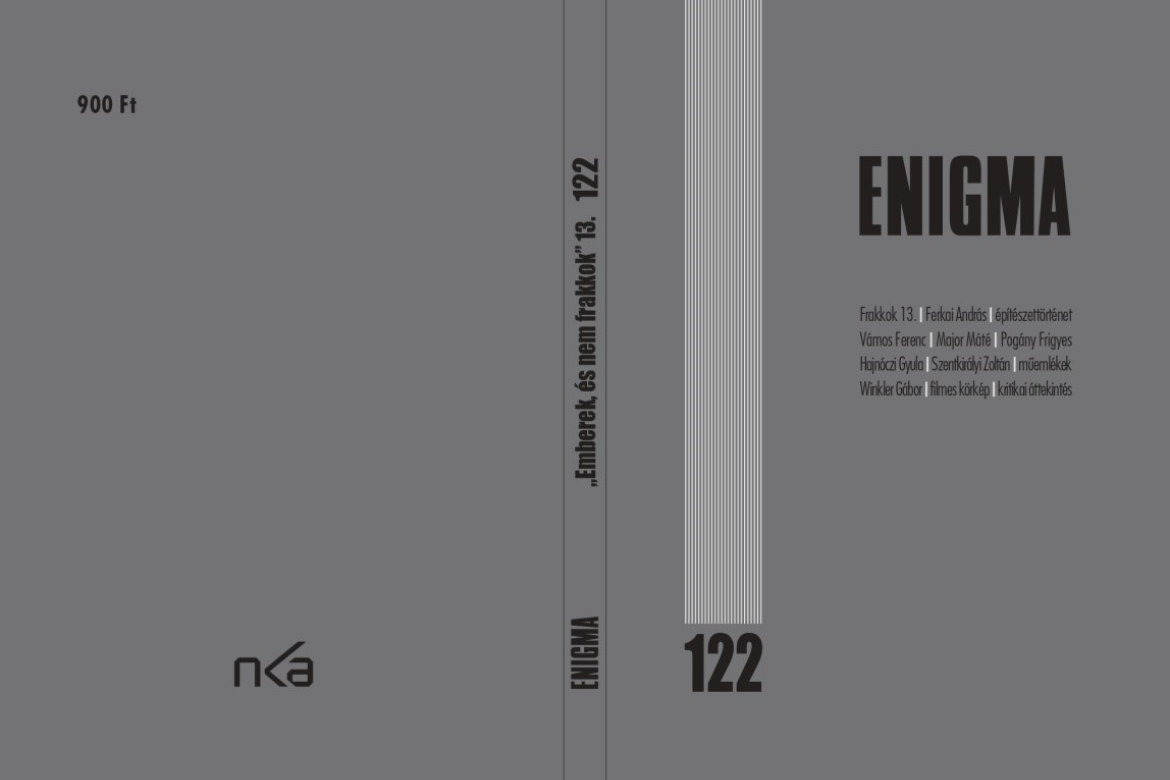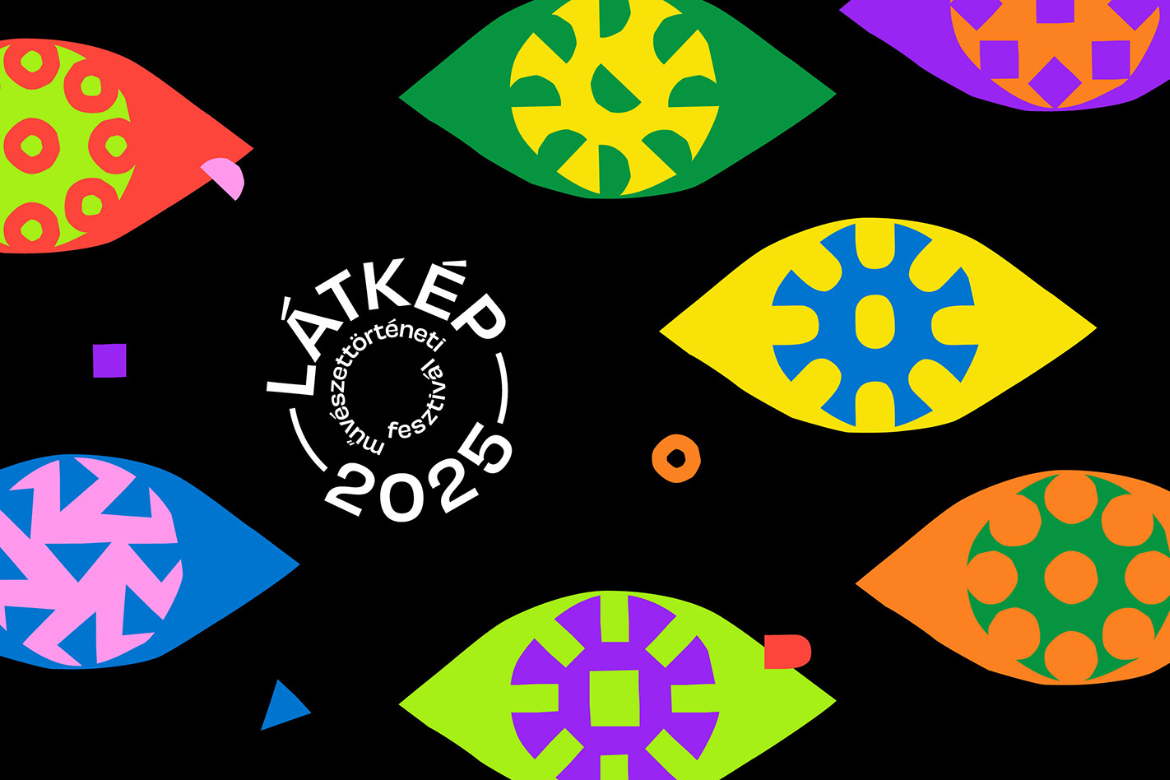ELTE Research Centre for the Humanities | 1097 Budapest, Tóth Kálmán utca 4. | HU15854939


Psychiatric Art Collection of HAS - Winter Recess
- Details
- Category: News

The Institute of Art History's publication entitled "People, not tailcoats. Great figures in Hungarian art history writing"
- Details
- Category: News
For the handbook project, which was developed in collaboration between the BTK Institute of Art History and the Enigma journal, nearly one hundred art historians, including several academics and university professors, have written monographic biographical studies on the great figures of Hungarian art historiography, supplemented with selected bibliographies and short, encyclopedia-style career profiles. One of the greatest undertakings of the Institute of Art History is this well-known handbook of art historiography, series entitled "People, Not Tailcoats: Great Figures in Hungarian Art History Writing". The 13th volume was published in 2025, with the editorial collaboration of András Ferkai.

Elindult a regisztráció a Látkép 2025 - Művészettörténeti Fesztiválra
- Details
- Category: Uncategorised
2025. szeptember 25–27. között második alkalommal rendezzük meg a Látkép Művészettörténeti Fesztivált Budapesten, a Humán Tudományok Kutatóházában. Az esemény útmutató elve változatlan: a művészettörténet folyamatosan bővülő és gazdagodó világának kaleidoszkópszerű bemutatása.
Már elérhető a fesztivál programtáblázata és a regisztrációs linkek:

Bálint Ugry's book East Goes West: Kavalierstours of Hungarian Aristocrats in the Seventeenth Century has been published
- Details
- Category: News
Bálint Ugry's book explores the early modern European study tours of young Hungarian aristocrats, known as Kavalierstour. The Kavalierstour was part of many young noblemen’s studies in early modern Europe or represented its final stage. Its unparalleled popularity shows that it was a suitable reflection of the changes that began in the sixteenth century and repositioned the place of the high nobility in society and the courts of the aristocracy, the Church, and the monarchs.
More Articles …
More Articles...
For previous articles, check our Archived News.


